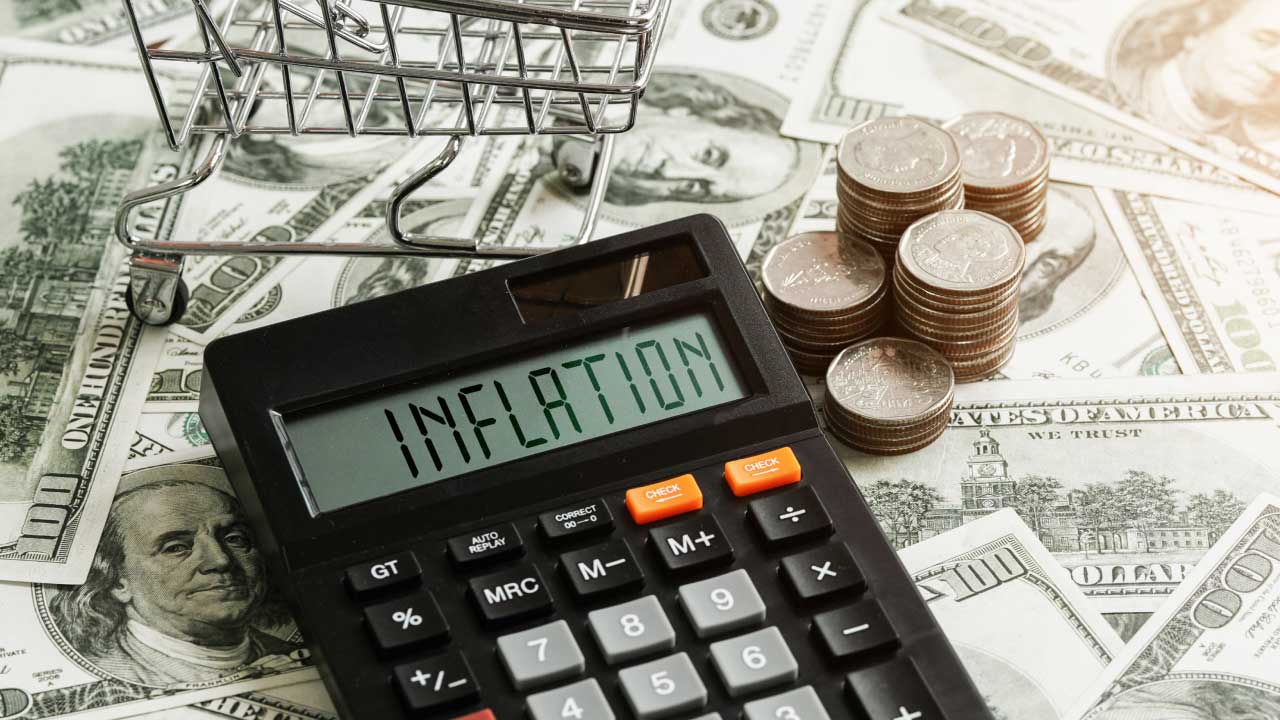Understanding the correlation between commodities and inflation is crucial as commodities, such as essential raw materials, significantly influence production costs and consumer prices. Fluctuations in commodity prices can forecast inflation trends, offering early insights and shaping monetary policies.
Let's take a look at the correlation between inflation and commodity prices in detail.
What does inflation for commodities mean?
Inflation for commodities occurs when commodity prices increase over time. This increase in prices can impact the cost of producing various goods and services, potentially leading to higher costs for consumers.
Inflation for commodities can be driven by factors such as changes in supply and demand, geopolitical events, fluctuations in currency values, and shifts in global economic conditions. It can have a significant impact on overall economic stability and purchasing power, as rising commodity prices often contribute to a broader increase in the cost of living.
How do commodity prices impact inflation?
Commodity prices impact inflation by raising the costs of raw materials used by businesses, which can lead to higher prices for finished products and services. This phenomenon, known as cost-push inflation, can result in an overall increase in the general price level of goods. Moreover, rising commodity prices affect supply chains, causing transportation costs to rise and influencing consumer prices. Anticipating these price increases, people might demand higher wages, creating a cycle of rising costs.
As consumers spend more on necessities due to high commodity prices, their discretionary spending might decrease, potentially leading to economic slowdown. Additionally, central banks might adjust monetary policies, like interest rates, to address the inflationary impact of these changes in commodity prices.
The correlation between commodities and inflation
There can be a positive or negative correlation between the two:
Positive correlation
When the prices of essential commodities such as oil, metals, and agricultural products increase, businesses face higher costs in acquiring these materials for production. The elevated production costs can prompt businesses to raise the prices of their goods and services to maintain their margins. This, in turn, contributes to a general increase in the price levels of goods and services, which is called inflation – and this leads to positive correlation.
Negative correlation
There are times when decreasing commodity prices can offer temporary relief from inflationary trends. When commodity prices go down, businesses might find their production costs decreasing as well. This situation could lead to stabilizing or even reducing prices for goods that consumers purchase. In such cases, lower business costs can counteract the typical upward pressure on consumer prices, providing a momentary respite from inflation – and this leads to positive correlation.
How do commodities and inflation influence the forex market?
Traders in the forex market closely watch commodity price movements as they often provide insights into potential shifts in currency values. Commodity prices give us clues about inflation and market sentiment, which is when prices for things we buy go up. When commodity prices rise, it often means inflation is on the horizon.
For instance, if oil prices are expected to rise due to geopolitical tensions, traders might position themselves accordingly and invest more in oil-dependent countries like Canada, leading to shifts in currency pairs.
Here are some other ways in which inflation and commodity prices affect the forex market -
Central bank responses and currency appreciation
When there's a positive correlation between commodity prices and inflation, leading to higher production costs and overall price levels, central banks may respond by raising interest rates to curb inflation. This attracts foreign investors seeking better investment returns, increasing demand for the country's currency. As demand rises, the currency tends to appreciate in the forex market.
Conversely, if falling commodity prices alleviate inflationary pressures, central banks might adopt more accommodative monetary policies to stimulate economic growth. Lower interest rates can reduce the attractiveness of the country's currency for investors, potentially leading to currency depreciation in the forex market.
Commodity-dependent economies and currency volatility
Economies heavily reliant on commodity exports, like Canada and the US, experience significant currency volatility. Changes in global commodity prices directly impact their trade balances and overall economic stability, causing fluctuations in their currency values in the forex market. In economies heavily reliant on commodity exports, rising global commodity prices lead to increased export revenue, boosting demand for their currencies and causing currency appreciation. Conversely, falling commodity prices decrease export earnings, lowering currency demand and causing currency depreciation.
Trade balances and forex supply-demand dynamics
Fluctuations in commodity prices due to inflation can impact a country's trade balance, which affects its supply and demand dynamics in the forex market. Surges in commodity prices can lead to improved trade balances and increased demand for the country's currency., appreciating it in the forex market and vice versa.
Navigating the link between inflation and commodity prices for forex trading
The correlation between inflation and commodity prices underscores their interdependence, impacting forex markets through currency appreciation or depreciation. Traders can utilize this by monitoring inflation trends and commodity price movements to make informed forex trading decisions. However, there are some risks that traders must be aware of, including sudden market shifts and unforeseen economic events affecting this correlation.
Sign up for a live account or try a demo account on Blueberry today.
Disclaimer: All material published on our website is intended for informational purposes only and should not be considered personal advice or recommendation. As margin FX/CFDs are highly leveraged products, your gains and losses are magnified, and you could lose substantially more than your initial deposit. Investing in margin FX/CFDs does not give you any entitlements or rights to the underlying assets (e.g. the right to receive dividend payments). CFDs carry a high risk of investment loss.




